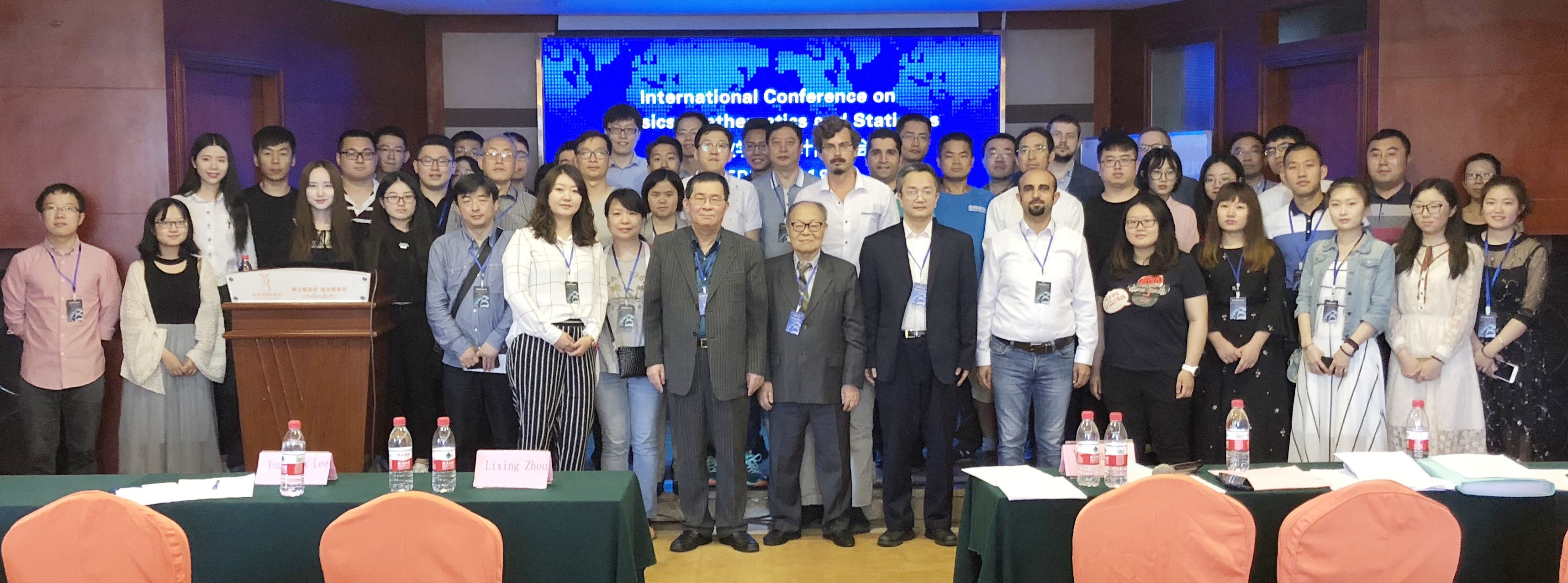Keynote Speaker
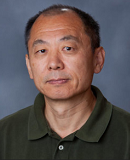
Professor
Department of Psychology
University of Notre Dame, USA / Nanjing University of Posts and Telecommunications, China
Ke-Hai Yuan, Yong Wen, and Jiashan Tang
University of Notre Dame and Nanjing University of Posts and Telecommunications
Abstract: In many fields, interesting attributes are latent that can only be observed via indicators. Structural equation modeling (SEM) is a key methodology for studying the relationship among the latent attributes. Two approaches to SEM have been presented in the literature. One is to fit the mean and covariance structure model to its sample counterpart by minimizing their difference via a discrepancy function, called covariance-based SEM (CB-SEM). The other approach is via repeated least squares regression with a single dependent variable each time, called partial least squares SEM (PLS-SEM). Because PLS-SEM is essentially latent variable regression using composite scores, the parameter estimates are biased in general. This article analytically compares the size of the bias in regression coefficients of the following methods: PLS-SEM, regression analysis using the Bartlett-factor-scores, regression analysis using the separate and joint regression-factor-scores, and regression analysis with the unweighted composite scores. A correction to parameter estimators following mode A of PLS-SEM is also proposed. Monte Carlo results indicate that regression analysis using other composite scores can be as good as PLS-SEM with respect to bias and efficiency/accuracy. Results also indicate that the corrected estimators following PLS-SEM can be as good as that of CB-SEM.
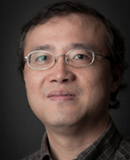
Professor
Department of Physics
Florida State University, USA
Abstract: Fractional Quantum Hall Liquids (FQHL) are the ultimate strongly correlated electron systems, and the birth place of topological phase of matter. Early theoretical work has emphasized the universal or topological aspects of quantum Hall physics. More recently it has become increasingly clear that there is very interesting bulk dynamics in FQHL, associated with an internal geometrical degree of freedom, or metric. The appropriate quantum theory of this internal dynamics is thus expected to take the form of a “quantum gravity”, whose elementary excitations are spin-2 gravitons. After briefly reviewing the topological aspect of FQHL, I will discuss in this talk how to couple and probe the presence of this internal geometrical degree of freedom experimentally in the static limit [1], and detect the graviton excitation in a spectroscopic measurement [2]. Comparison will be made with recent experimental [3] and numerical [4] work.
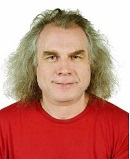
Professor
Beihang University, China
Abstract: The present paper deals with the system of equations comprising a piecewise linear yield criterion together with the stress equilibrium equations under plane strain, plane stress and axial symmetry. This system of equations can be studied independently of any flow rule and its solution supplies the distribution of stress. It is shown that this problem of plasticity theory is reduced to a purely geometric problem. The stress equilibrium equations are written relative to a coordinate system in which the coordinate curves coincide with the trajectories of the principal stress directions. The general solution of the system is constructed giving a relation connecting the two (or three) scale factors for the coordinate curves. This relation is used for developing a method for finding the mapping between the principal lines and Cartesian (or cylindrical) coordinates with the use of a solution of a hyperbolic system of equations. In particular, the mapping between the principal lines and Cartesian (or cylindrical) coordinates is given in parametric form with the characteristic coordinates as parameters. In the case of plane strain problems, the mapping between the principal lines and characteristic coordinates is found from solutions to the telegraph equation. Fof this case, a boundary value problem for the region adjacent to an external boundary which coincides with a principal stress trajectory is formulated and its general solution is given.
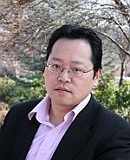
Professor
School of Engineering
The University of British Columbia, Canada
Abstract: The distribution for the sum of lognormal random variables finds applications in many science and engineering disciplines, and it is particularly important for wireless communication engineers. However, the distribution for the simplistic sum of independent lognormal random variables is analytically intractable, and it is more so for a sum of correlated lognormal random variables with non-identical parameters. In 1934, Wilkinson from Bell Telephone Labs first studied this problem in an unpublished work. Since then, various approximations have been proposed in the literature. All these approximations fail to accurately quantify the left tail (or right tail) behavior of the distribution function of a sum of lognormal random variables. In this talk, in the context of diversity receptions over lognormal fading channels, we first present that the left tail distribution of the sum of independent lognormal random variables can be accurately represented by a Marcum Q-function. The proposed analytical result outperforms all existing well-known sum of lognormal approximations. Using a different approach, we then extend the problem to a sum of correlated and non-identically lognormal random variables, and show that its left-tail distribution can again be represented by another Marcum Q-function. Our study reveals a number of new and surprising engineering insights into the transmission characteristics over the lognormal fading channels. For example, for the dual-branch case, we show that the outage performance of negatively correlated lognormal channels is better than that of independent lognormal channels. We also show that under certain parameter conditions, one of the two lognormal channels can contribute no performance gain to the diversity reception systems. This implies that one link can be discarded without causing asymptotic performance loss. These new findings can guide the communication engineers to design better systems for transmission over the lognormal fading channels.
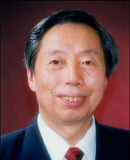
Professor
Department of Applied Physics
Hunan University, China
Abstract: In recent years, we have deeply investigated the solidification processes of liquid metals of Al, Ag, Cu, Mg Na, Pb, Zn and alloys of Mg-Zn, Mg-Y, Al-Mg, Al-Zn, Ca-Zn by molecular dynamics simulation for the systems with different sizes of 100,000, 1,000,000 and 10.000,000 atoms, respectively. And the formation, evolution and hereditary mechanisms of nano-clusters, especially, the microstructural evolution, the crystallization and the hereditary mechanisms during their solidification processes have been clearly analyzed and described by the cluster type index method (CTIM) proposed by authors. By using the visualizing method, the formation, evolution and hereditary processes of Nano-Clusters and initial crystals during solidification processes have been clearly displayed. Many important results obtained.
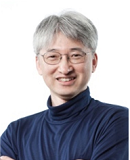
Professor
School of Mechanical and Aerospace Engineering,Seoul National University, South Korea
Abstract: A mulitscale computational model integrating quantum mechanics(QM), molecular dynamics(MD), and finit element method(FEM) simulation techniques are developed. The QM calculation provides the profile of the photo-isomerization ratio with respect to light intensity. From the MD simulation, we can achieve microscopic polymeric conformation change and phase transition behavior. Then we upscaled the parameters with the aid of a nonlinear FEM model to examine the photo-bending behavior.

Professor
Department of Mechanical Engineering, York University, Canada
Abstract: Electrodynamic Tether (EDT) system is a new type of spacecraft that is formed by connecting two satellites with a conductive tether. It possesses unique capabilities to lower or boost spacecraft orbits, power generation, and deorbit space debris, without consuming propellant. The EDT technology takes advantage of two fundamental principles of electromagnetism: electrical current is produced when a conductive wire moves through a magnetic field, and the field exerts a force on the current carrying wire. One of the most appealing application of EDT is the space debris removal due to the advantages of propellentless, low mass, compact size, ease of use and low cost. This paper introduces a current space mission-DESCENT (DEorbiting SpaceCrafts using ElectrodyNamic Tethers) from mission concept study, to mission objectives, nanosatellite design, hardware selection, and operation. The mission involves two 1U-CubeSats connected by a 100m long conductive EDT. Two CubeSats will be launched as one unit into orbit from the International Space Station and subsequently separated to deploy the EDT with gravity gradient. The mission is to demonstrate the deployment and stabilization of an EDT with an end-mass, electrical current generation and satellite deorbit in space. In addition, the mission will provide an innovative approach to improve the interpretation of convective motion in the F-region ionosphere at high latitudes.
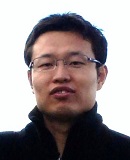
Professor
Department of Physics, Shantou University, China
Abstract: Strong-field photoelectron spectroscopy encodes temporal and spatial information about both the electron and the ion dynamics. To extract this dynamical information, one needs a full understanding of the physical mechanism underlying the complicated interference structures in the photoelectron spectrum. We developed a GQTMC method which could apply to arbitrary values of the Keldysh parameter. Our simulations agree well with both the experimental and TDSE results. It provides an efficient way to probe the interference structures and the underlying electronic dynamics in photoelectron momentum distribution.
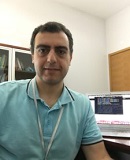
Associate Professor
Department of Mathematical Sciences, Xi'an Jiaotong-Liverpool University, China
Abstract: In this study we consider the CSI300 index and its components of individual stocks and test a battery of machine learning algorithms and feature specifications. Different sets of features and models demonstrate that the Chinese stocks show evidence of predictable patterns historically. Therefore, the design of trading strategies based on machine learning classification and regression methods is a feasible approach to outperform the passive buy and hold investment strategies. Finally, by comparing the performance of logistic regression, support vector machines and artificial neural networks, we conclude that the use of support vector machines have significant advantages as long as the appropriate data engineering stage is completed.
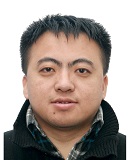
Associate Professor
Central University of Finance and Economics, China
Abstract: Herman proposed the question whether a smooth dynamical system of positive topological entropy can be uniquely ergodic. Katok conjectured that a much stronger result holds: There are ergodic measures of arbitrary intermediate entropies.
In this talk I will introduce results and recent progress on this conjecture.
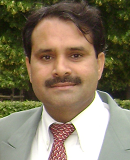
Professor
Department of Physics, Indian Institute of Technology (IIT) Delhi, India
Abstract: The atoms after ionization produce ions and electrons. A collection of these charged particles with their almost equal number densities is referred to as plasma. The plasma species are connected with each other by electromagnetic forces. However, with the application of appropriate fields, we can exploit the plasma ions or the electrons for their diverse applications. For example, we can make the electrons to oscillate for exciting Langmuir waves / plasma waves or wake field for the purpose of particle acceleration. Nonlinear current at a desired frequency can be generated with the application of lasers and this current may be employed for the generation of Terahertz (THz) radiation; not only this Free Electron Lasers, X-rays or other radiations can be produced. We have developed mathematical models for the particle acceleration, THz radiation generation, electron bunch production, harmonic generation, tunnel formation for lasers guiding, etc. with a focus on the laser / microwave pulse profiles for realizing efficient schemes.
On the other hand, the role of plasma ions is vital in developing thin films, creating via holes, cleaning materials’ surface, surface hardening, etc. In this direction plasma-material interaction is an active field of research. Cold plasma processing is employed in semiconductor manufacturing for etching features and vias, depositing metals to make interconnections, and cleaning of wafers. We have explored the inductively coupled plasma interaction with compound semiconductors, such as GaAs and GaN. Plasmas are being employed for the purpose of surface hardening / nitriding of low carbon steel by diffusing elemental nitrogen (N) into the surface of the steel. This process is used to treat different kinds of products for automotive, aerospace, railways, biomedical industries, etc. By means of a glow discharge in a gas of N2 and H2, with the steel (the cathode) at a temperature 500°C, N can penetrate the surface and diffuse into the steel. We have established a hot cathode arc discharge plasma nitriding system for treating different steel samples, where the plasma generation and work piece parameters can be monitored independently to optimize the process.
In the present talk, main focus will be given to the mathematical and physical tools of plasmas for controlling the ions and the electrons for their important applications.
